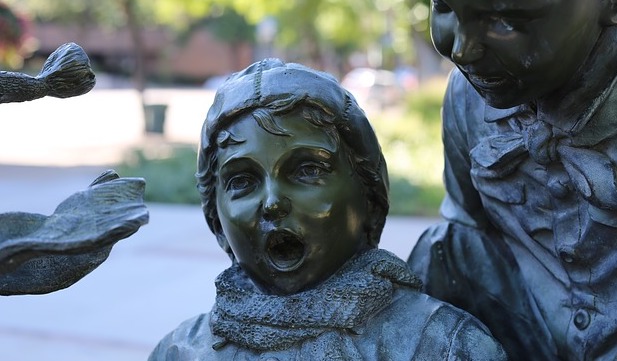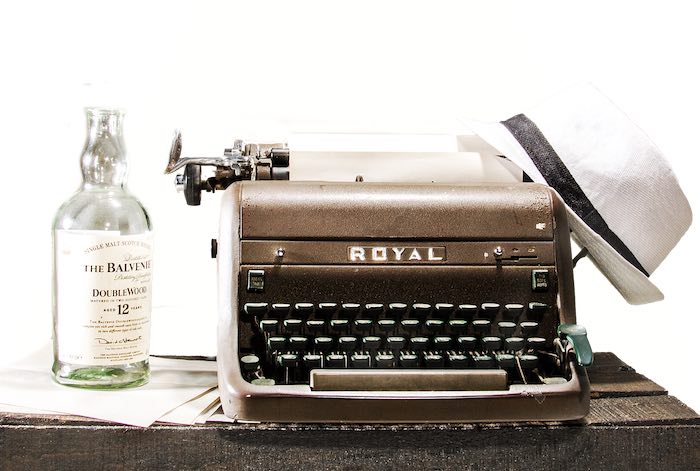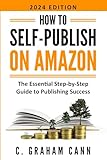Your Odds of Getting Published
Does a beginning writer have any chance of getting their children's book in print? Laura Backes has the answer.

Most beginning writers are curious about their chances of ever seeing their work in print. Editors have told me that a mid- to large-sized publishing house gets upwards of 5000 unsolicited submissions a year. About 95% are rejected right off the bat (most get form letters, a few promising authors get personalized notes stating why the manuscript was rejected). Of the 5% left, some are queries for which the editors request entire manuscripts. Others are manuscripts submitted in their entirety, and these go on to the next stage of the acquisitions process (get passed around the editorial department, presented at editorial meetings, perhaps looked at by sales staff to get a sense of the market for the book). The end result is that 1-2% of unsolicited submissions are actually purchased for publication.
But, you ask, if so few manuscripts are bought from the slush pile, why are so many new books are published each year? The unsolicited "slush" comes from authors the editors have never worked with before: new writers and those who don't have agents. Experienced writers and those who have already published with that house make up the rest of the list.
Before you trash your computer and take up knitting, let's put this all in perspective. Most manuscripts are rejected because they're just plain bad. The stories are trite, the characters wooden, the endings predictable. The plots may smack of didacticism or patronize the young reader. Authors who don't understand the basic rules of grammar or who can't send a properly formatted manuscript won't get a close look. Those who submit their work to every publisher listed in Children's Writer's & Illustrator's Market instead of taking the time to target publishers appropriate for their work add substantially to the glut of publishers' mail (and the eventual banning of unsolicited submissions by some houses).
If you take the time to learn how to write a strong story with multifaceted characters, your manuscript will rise to the top. If you study the age group for which you want to write, and keep the length and content appropriate for your audience, your work will stand out. If you watch the current market and find a niche you can fill, an editor is more likely to give you careful consideration.
One more point: General fiction is the most competitive genre in any age group of children's books. It's also the most subjective, meaning your manuscript has to appeal to exactly the right editor. If you have any interest in nonfiction and can approach a topic in a unique, entertaining way, you'll be a bigger fish in a much smaller pond. Or, try narrowing your niche so your work stands out from the ocean of fiction: write historical fiction for beginning readers, funny mysteries for middle grades, science fiction for young adults. Stretching your writing beyond general fiction will give you a "hook" and also help you zero in on publishers who want exactly what you've got.
ABOUT THE AUTHOR: Laura Backes is the publisher of Children's Book Insider, the Newsletter for Children's Writers, and co-founder of the Children's Authors Bootcamp seminars (www.WeMakeWriters.com). For more information about writing children's books, including free articles, market tips, insider secrets and much more, visit Children's Book Insider's home on the web at http://write4kids.com
Copyright 2003, Children's Book Insider, LLCRead These Next
The Dangerous Side of Children’s Books
As an author, if you’re inspired to delve into the slightly dangerous, dark or subversive corners of childhood with your books, feel free to do so. Don’t limit yourself to all that’s bright, safe and up to code.
Publishing Internships
Internships are a great way to make contacts inside the publishing industry, and a great way to test-drive a possible career.
Beginning and Ending Your Story
Elinor Glyn, in the early half of the 20th century, considered the "world’s greatest writer of love stories." Over the course of her writing career she published 31 novels and had 9 movies made from her work. She was criticized rather frequently by the literary press, as are many popular writers today. In 1922, The Author’s Press put out a four volume course written by Glyn on how to write novels, stories and screen plays. This is an excerpt from the second volume.







 Self-Publishing for Dummies (For Dummies: Learning Made Easy)
Self-Publishing for Dummies (For Dummies: Learning Made Easy) Self Publishing To Amazon KDP In 2024 - A Beginners Guide To Selling E-books, Audiobooks & Paperbacks On Amazon, Audible & Beyond
Self Publishing To Amazon KDP In 2024 - A Beginners Guide To Selling E-books, Audiobooks & Paperbacks On Amazon, Audible & Beyond Self Publishing To Amazon KDP In 2023 - A Beginners Guide To Selling E-books, Audiobooks & Paperbacks On Amazon, Audible & Beyond
Self Publishing To Amazon KDP In 2023 - A Beginners Guide To Selling E-books, Audiobooks & Paperbacks On Amazon, Audible & Beyond Write. Publish. Repeat. (The No-Luck-Required Guide to Self-Publishing Success)
Write. Publish. Repeat. (The No-Luck-Required Guide to Self-Publishing Success) Self-Publishing: The Secret Guide To Becoming A Best Seller (Self Publishing Disruption Book 2)
Self-Publishing: The Secret Guide To Becoming A Best Seller (Self Publishing Disruption Book 2) How to Self-Publish Your Book: A Complete Guide to Writing, Editing, Marketing & Selling Your Own Book
How to Self-Publish Your Book: A Complete Guide to Writing, Editing, Marketing & Selling Your Own Book How to Self-Publish on Amazon: The Essential Step-by-Step Guide to Publishing Success
How to Self-Publish on Amazon: The Essential Step-by-Step Guide to Publishing Success Self-Publishing Simplified: How to Publish a Book on Amazon KDP for Beginners
Self-Publishing Simplified: How to Publish a Book on Amazon KDP for Beginners Self-Publisher's Legal Handbook: Updated Guide to Protecting Your Rights and Wallet
Self-Publisher's Legal Handbook: Updated Guide to Protecting Your Rights and Wallet Successful Self-Publishing: How to self-publish and market your book in ebook and print (Creative Business Books for Writers and Authors)
Successful Self-Publishing: How to self-publish and market your book in ebook and print (Creative Business Books for Writers and Authors)